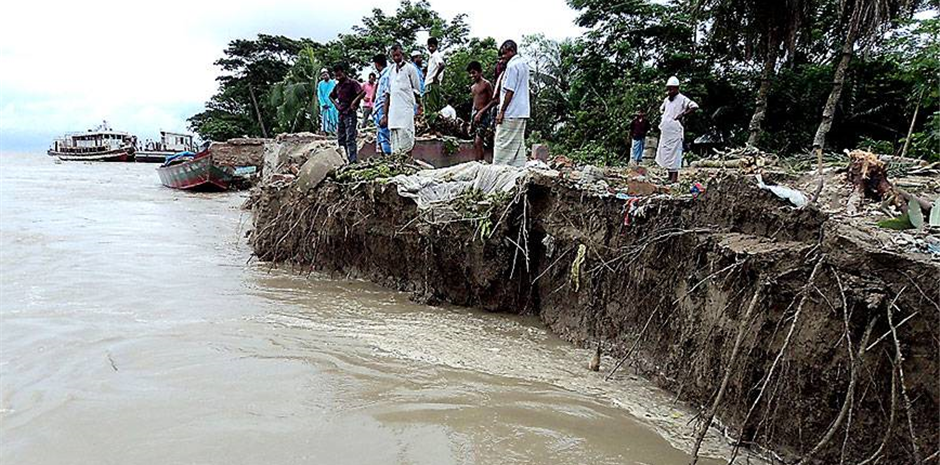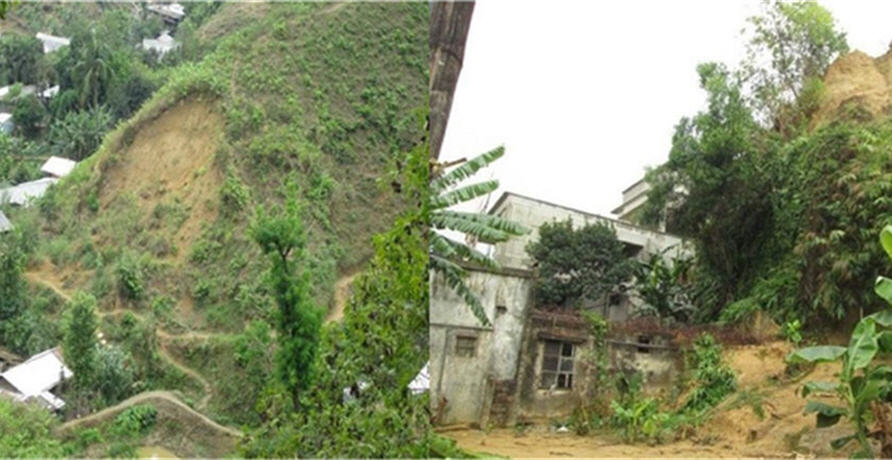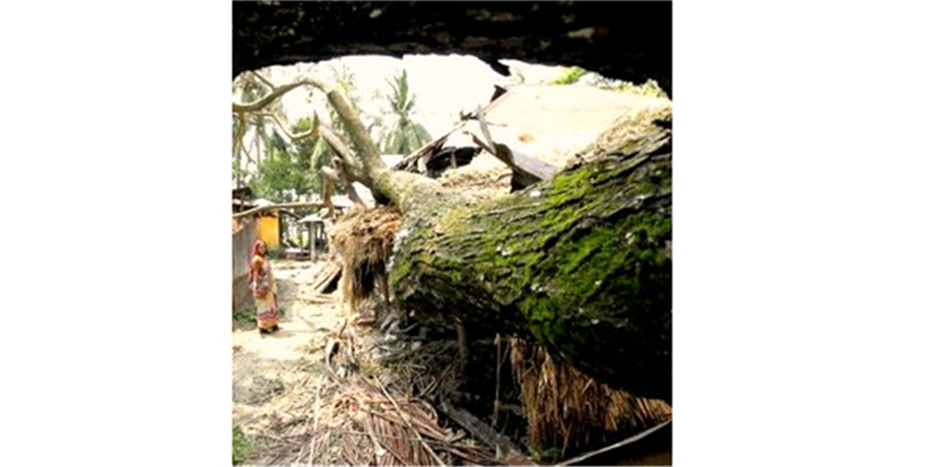Is Bhutan fire proof?
Chittagong, Bangladesh
Forest fire is a major problem for Bhutan which has 69 forest coverage. Increasing social and economic crises due to frequent forest fires in different parts of the country have lead Bhutan to prioritize forest fire preventions. Since most forest fires are Bhutan man-made, a branch of Bhutan’s disaster management, Forest Fire Management Association (FFMA), is initiating a public education program to reduce human error.
Forest fire destabilizes Bhutan’s economy since forests are the major sources of income of the nation. The relation between the forest and water is a critical issue that is accorded high priority as it determines the quantity of water flow. Bhutan has 7 hydro power plants that export electricity to India (1.5 TWh (2005)). Thus, if the nation loses its bio-diversity to such disasters, it loses the potential to generate national income. If electricity and other exports cannot be produced, then imports wouldn’t be possible. would again lessen the already less economy.
There are non-economic effects of forest fires. The disaster causes an imbalance between the flora and fauna of the forest, thus disrupts the ecosystem which indirectly affects the food chain People in Bhutan faced a lot of ecological difficulties as forest plays a vital role in sustaining the livelihood and food sustainability.
64 forest fires were reported in Trashigang alone from 2001 to 2007 out of which 2 were intentional, 21 were unintentional and 77 were unknown causes. The forest fire in Trashigang on 21st April 2014 burned eight houses with the valuables inside and in Thimphu, 2013; two policemen from Royal Bhutan Police were killed in the forest fire.
Disaster management team of Bhutan has implemented ideas and methods through which citizens can have a better understanding of the disaster since 1979. Commercials on how to prevent and prepare for the forest fire are broadcasted on the national television channel (BBS).
People are also educated on DOs and DON’Ts during the disaster on an individual level. Before the forest fire season began the forest officials conducted a three day awareness campaign in the capital to prevent forest fire 2013.
Almost 12 forest officials and 30 Desuups(personals who are for any kind of disasters) participated in the campaign that began from Kuenselphodrang up to Namseling walking door-to-door educating residents of the area on preventing forest fire in 14th November 2013. A study shows that the forest fire had decreased due to the continual awareness program the forest department carried out through the media and campaigns.
People are also informed of the penalties (Nu.300-1000 per hectare burned) and the imprisonment according to the 1996 forest act (which provides for the establishment of Forest Reserves and defines rules applicable to activities in Preliminary, Reservation of Forests, Rights and Concessions, Penalties and Procedures, Miscellaneous areas).
Improved techniques to better prepare for the disaster are being implemented. The UNDP Bhutan Country Office, in close collaboration with the Department of Disaster Management, developed a project on “Disaster Response and Recovery Preparedness (2014 – 2016) for Crisis Prevention and Recovery.” The RGoB's Department of Local Governance (DLG) and the Environment, Climate Change and Poverty Mainstreaming Reference Group (MRG) initiated a sensitization and training in September 2012, all across the country.
The training focused on identifying the concerns about the environment, climate change and poverty and on formulating interventions which could be implemented into the 11th Five Year Plan program.
The training took place in all 20 districts which provided an opportunity for district officials to re-align their draft plans to include environment and climate change vulnerability, which will have long term impacts in sustaining development outcomes at the local level.
The forest fire of February 2014 proved to be a testament to Bhutan’s vulnerability to natural disasters, where the capital saw over 2,000 acres of forest ravaged and the fire lasted almost three days despite the fact that more than 700 fire fighters and volunteers rushed into the fire disaster site.
In brief, Bhutan is rich in bio-diversity that provides home for much wildlife and is the key source of the nations’ income; one should understand the importance of the forest. So Bhutan is taking measure to reduce forest fires by conducting campaigns to aware and prepare people for the disaster.







